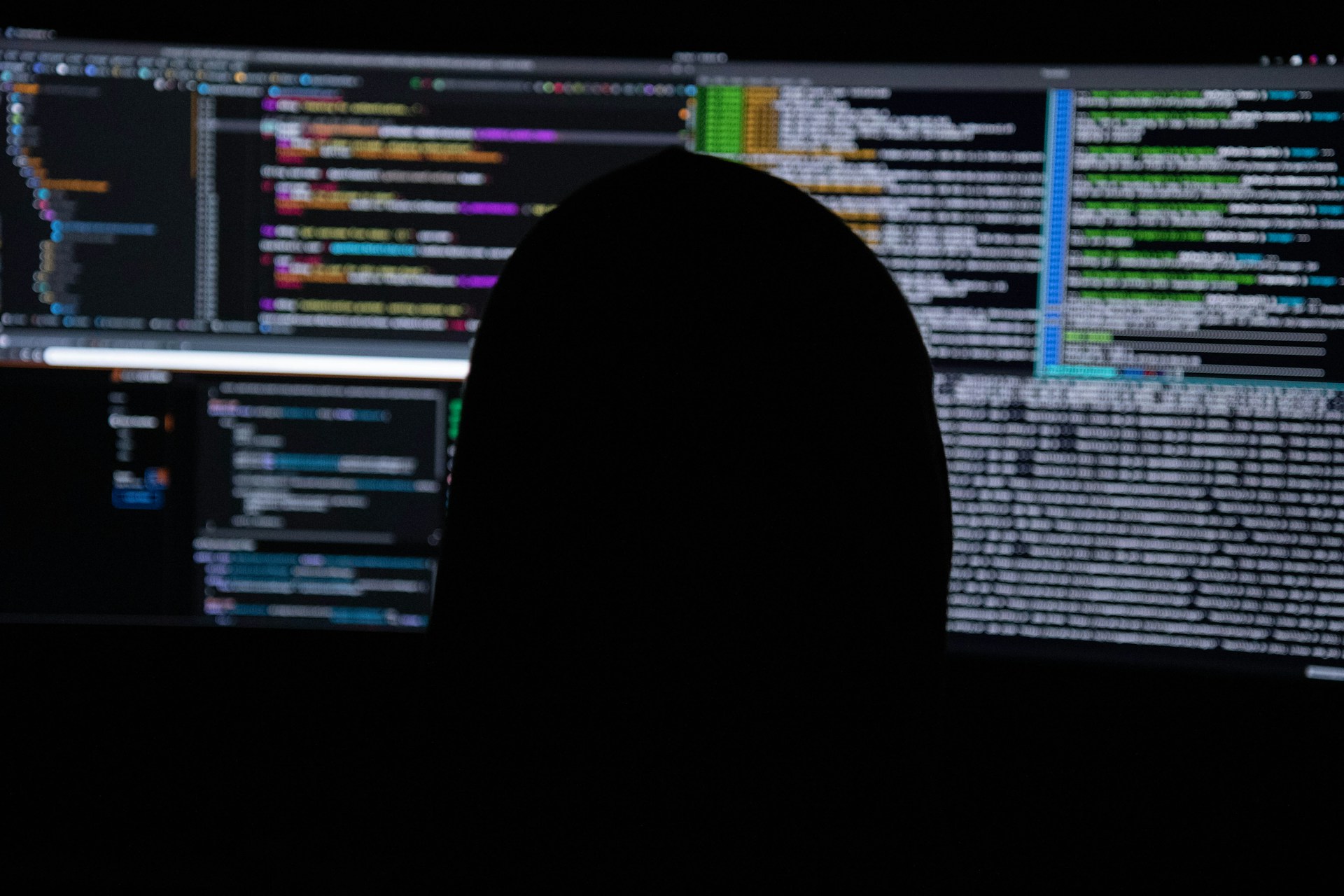Uncover the transformative journey of Distributed Denial of Service (DDoS) attacks, a saga of escalating cyber threats that challenges us to bolster our digital defenses and stay one step ahead.
Introduction:
Distributed Denial of Service (DDoS) attacks have become one of the most potent weapons on the internet. By overwhelming targeted websites or networks with more traffic than they can accommodate, attackers can effectively render them inaccessible, causing significant disruption, financial loss, and damage to reputation. Understanding the history of DDoS attacks not only sheds light on their evolution but also helps us anticipate future vulnerabilities and strengthen our defenses.
The Early Days of DDoS Attacks
The concept of DDoS attacks dates back to the late 1990s when the internet was becoming increasingly central to commerce, communication, and entertainment. One of the first recorded DDoS attacks occurred in 1996 against the University of Minnesota, heralding a new era of cyber threats. Unlike simple denial-of-service (DoS) attacks, which could be launched from a single machine, DDoS attacks leveraged multiple compromised computers, making them much harder to defend against.
The 2000s: The Era of High-Profile DDoS Attacks
The year 2000 marked a turning point with a series of high-profile attacks on major websites such as Yahoo, eBay, and Amazon. These attacks brought the concept of DDoS into the public consciousness and highlighted its potential to disrupt the digital economy. Throughout the decade, DDoS became a common tool for cyber vandalism, hacktivism, and even state-sponsored cyber warfare, with the 2007 attacks on Estonian institutions being one of the most notable instances of the latter.
The 2010s: The Evolution of Sophistication
As we moved into the 2010s, DDoS attacks grew not only in frequency but also in sophistication. Attackers began to exploit a wider range of vulnerabilities and to harness more powerful botnets, consisting of millions of compromised devices. The 2016 attack on the Dyn DNS service was a landmark event, significantly disrupting internet access across the United States and signaling a new level of threat posed by modern DDoS techniques.
The Role of Mirai Botnet
The emergence of the Mirai botnet in 2016 was a pivotal moment in the history of DDoS attacks. Mirai's innovation was to exploit insecure IoT devices, such as cameras and DVRs, to create botnets of unprecedented scale. The attack on the site of cybersecurity journalist Brian Krebs was one of the first demonstrations of Mirai's capabilities, setting off alarms throughout the cybersecurity community.
DDoS Attacks in the 2020s: IoT and Beyond
The 2020s have seen the Internet of Things (IoT) continue to play a significant role in the landscape of DDoS threats. The proliferation of poorly secured smart devices has provided ample opportunities for botnet herders to conscript vast armies of IoT devices into their ranks. These botnets are not only larger but also more complex, capable of launching multi-vector attacks that are more challenging to mitigate. The increasing reliance on online services, especially in the wake of global shifts towards remote work and digital commerce due to the COVID-19 pandemic, has heightened the impact of DDoS attacks, making them even more lucrative for attackers and more damaging for victims.
Notable Recent Attacks
In recent years, the cybersecurity world has witnessed some of the most sophisticated and large-scale DDoS attacks ever recorded. One notable example is the 2020 attack on Amazon Web Services, one of the largest and most sophisticated attempts to disrupt a major internet infrastructure provider. Such incidents underscore the ongoing evolution of DDoS tactics, which now include leveraging new protocols and exploiting vulnerabilities in the ever-expanding ecosystem of online devices and services.
The Future of DDoS Attacks
Looking ahead, the future of DDoS attacks appears to be one of escalating scale and sophistication. The advent of 5G technology, with its promise of faster speeds and more connected devices, is likely to open new avenues for attackers. Additionally, advancements in artificial intelligence and machine learning offer the potential for more adaptive and resilient botnets, capable of circumventing traditional detection and mitigation efforts. As such, the arms race between attackers and defenders is set to intensify, with innovation playing a key role on both sides.
Conclusion / TLDR:
The history of DDoS attacks is a testament to the dynamic nature of cybersecurity threats. From the relatively simple attacks of the late 90s to the complex, multi-vector onslaughts of today, DDoS has remained a persistent and evolving threat. Understanding this history is crucial for developing effective defense strategies. As we look to the future, the lessons learned from past attacks will be invaluable in anticipating and neutralizing the DDoS threats of tomorrow. The battle against DDoS is ongoing, and vigilance, innovation, and collaboration are our best tools for ensuring the resilience and integrity of our digital world.
Here at Vecurity, we can help with this problem, learn more about how we combat DDoS here.


